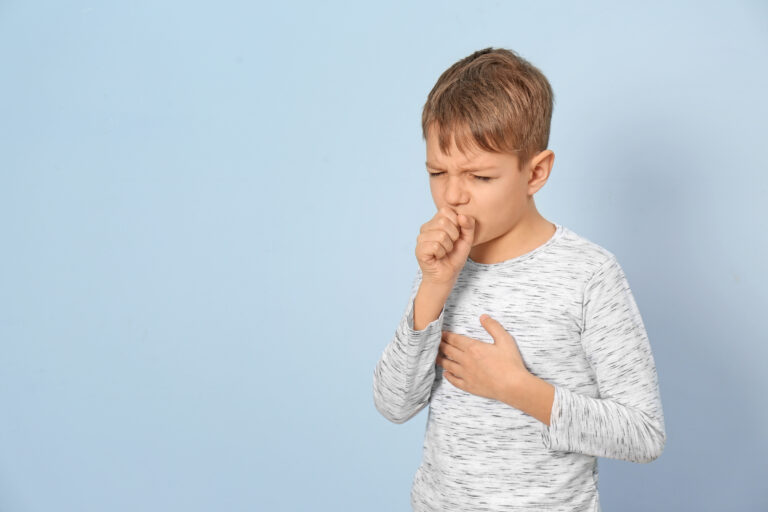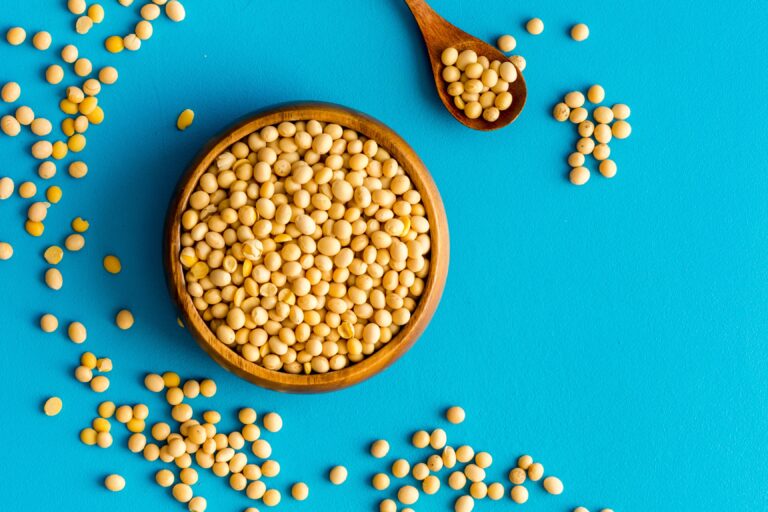New Food Allergy? This is What You Need to Know
This post may contain affiliate links. Read our disclosure policy.
The content provided on FoodAllergiesLiving.com is for educational purposes only. The information supplied on this website is not intended to diagnose, treat, cure, or prevent any disease, nor is it intended to replace the advice of a physician.
Have you been recently diagnosed with a food allergy, or have a loved one who is? Coming to terms with this new situation can be challenging. But, hopefully, we can help. Here’s some simple, digestible info to help you get started.

What is a Food Allergy?
A food allergy occurs when your body’s immune system reacts to certain foods or ingredients as if they are dangerous, and responds against them. These allergies are more common in children and babies, but they can occur in adults, too- a condition called adult-onset food allergy.
According to the Centers for Disease Control and Prevention, food allergies can affect 8% of children under 5 and nearly 4% of adults, and these numbers surprisingly keep increasing.
When an individual has an allergy, their body wrongly identifies a particular protein or a component of the allergen as harmful and then proceeds to launch a series of immune responses to destroy the allergen. These immune responses can be mild or severe, depending on the extent of exposure to the allergen and the severity of the allergy, among other factors.
Food Allergies facts
- Researchers estimate that 32 million Americans have food allergies, including 5.6 million children under the age of 18.
- About 40% of children with food allergies are allergic to more than one food.
- Children’s most common food allergies are peanuts, milk, shellfish, and tree nuts.
- Adults’ most common food allergies are shellfish, milk, peanut, and tree nuts.
- Even trace amounts of a food allergen can cause a reaction.
- The only effective way to treat a severe allergic reaction is with epinephrine, which should be injected within minutes of the onset of symptoms.
- There is no cure for food allergies. Food allergies are managed by avoiding the problem food(s) and learning to recognize and treat reaction symptoms.
What Are the Most Common Food Allergens?
While an individual can develop an allergy to almost any food, there are nine foods that are the most commonly found allergens- milk, peanut, egg, wheat, tree nuts, shellfish, soy, fish, and sesame.
In addition to these, there are some other foods that can possibly trigger an allergic reaction, such as fruit and vegetables. Actually, more than 170 foods have been reported to cause allergic reactions.
Each of these allergens can cause allergic reactions and, in certain cases, may also trigger life-threatening anaphylaxis in susceptible individuals.
It is important to note that food allergies are not the same as food intolerances, and it can often be difficult to distinguish between the two. To diagnose a food allergy, your doctor may need to perform a series of tests that may include blood tests and a skin prick test.
What Are the Common Signs & Symptoms of Food Allergies?
Food allergies can be a serious matter, which is exactly why spotting the signs and symptoms of an allergic reaction is the first step. The most common food allergy signs and symptoms include:
- Tingling or itching in the mouth.
- Hives, itching, or eczema.
- Swelling of the lips, face, tongue, throat, or other parts of the body.
- Wheezing, nasal congestion, or trouble breathing.
- Abdominal pain, diarrhea, nausea, or vomiting.
- Dizziness, lightheadedness, or fainting.
Food allergy symptoms usually develop within a few minutes to 2 hours after eating the offending food. Rarely, symptoms may be delayed for several hours.
Many allergic reactions are mild, while others can be severe and life-threatening. When the reactions affect, the entire body is called anaphylaxis or anaphylactic shock, which is a severe allergic reaction requiring immediate medical attention.
signs and symptoms of anaphylaxis
A severe allergic reaction called anaphylaxis can cause life-threatening signs and symptoms, including:
- Tightening of the throat, hoarse voice, and/or difficulty swallowing, repetitive cough.
- Dizziness, feeling faint, sudden sleepiness, tiredness, confusion, pale or clammy skin, loss of consciousness, weak pulse, rapid pulse.
- Sudden onset wheezing, breathing difficulty, noisy breathing.
- Many hives, widespread redness
- Repetitive vomiting and/or severe diarrhea.
- Anxiety and/or confusion.
Any of these symptoms require immediate medical attention. The only effective way to treat a severe allergic reaction is with epinephrine, which should be injected within minutes of the onset of symptoms. If symptoms do not improve, a second dose of epinephrine can be given after 5 minutes after the last dose, which is why you always have to carry a set of 2 auto-injectors.
Check out my post about how to assemble a food allergy emergency kit.
How to Be Prepared
If you’ve recently been diagnosed with a food allergy or know someone who is, it can be tricky to know where to start when it comes to managing it.
One of the most important steps you can take is to take the time to understand the kind of food allergy, the potential trigger foods, the signs and symptoms, and some actionable ways to avoid exposure to those foods.
A good way to start is to have a talk with your doctor or healthcare provider about what you can do in times of difficulty or uncertainty. You may also want to consult a dietician who can help you make better decisions about the food you eat and help you take steps to avoid allergens firsthand.
What’s Next? What Steps Should You Take?
While there is no cure for food allergies, there are a few steps you could take to manage them better, especially if you or someone you know is affected.
- Learn how to read food labels: This one is probably the only way to prevent a food allergic reaction from occurring in the first place. Make it a point to note down all the common names your allergen could be disguised as in commercially available foods, and make it a point to check the labels on all the packaged foods you usually purchase to make sure you aren’t accidentally purchasing (and using) a product that has the allergen. Check out my Tips to Read a Label When You Have Food Allergies to learn more.
- Always carry your emergency kit. The only effective way to treat a severe allergic reaction is with epinephrine, so you must carry your emergency kit all the time in case of accidental exposure.
- Inform and educate your circle: It makes sense to reach out to your family, friends, school, and anyone else in your close circle to make sure they are informed about the allergy.
- Keep your kitchen allergy free: This tip can be exceptionally helpful, particularly in households with children or toddlers affected by food allergies. Make sure you don’t have any foods in the kitchen that could risk triggering an allergic reaction- even if it is due to accidental exposure. Check out my 8 Tips to Keeping an Allergy Friendly Kitchen.
- Focus on safe foods: Dealing with a new food allergy can be difficult. Look up different recipes and inspirations online to find new ways to enjoy food that your body is comfortable with.
- Check the menu: When dining out, don’t forget to check the menu and ask questions about what goes into a particular dish- if necessary. It is always better to be on the safer side.
- Stay informed: Talk to your doctor about what you (or those around you) should do when you’ve accidentally come in contact with an allergen. Learn how to handle emergency situations and how to use the epinephrine auto-injectors.
Remember that while living with a food allergy may seem difficult and challenging, you’re not alone, and with the right steps and support, you will be able to live a happy life.







